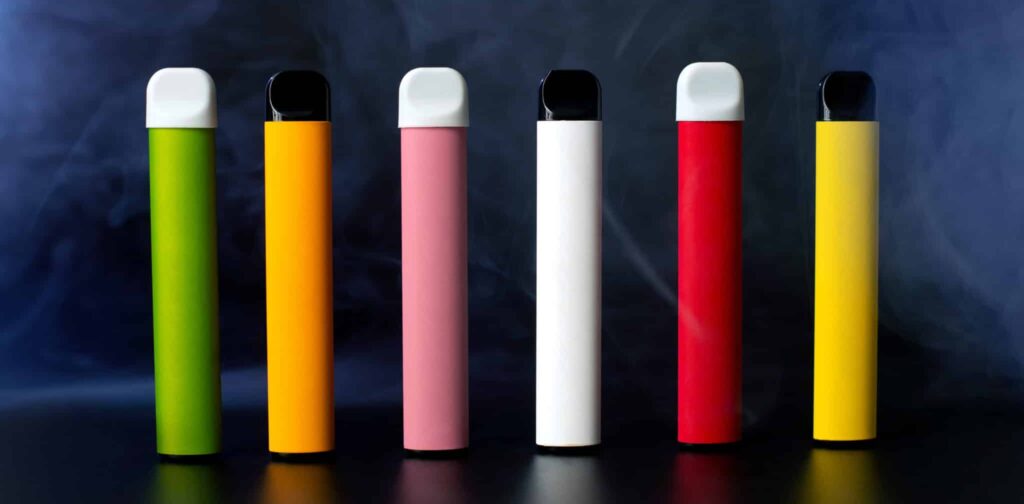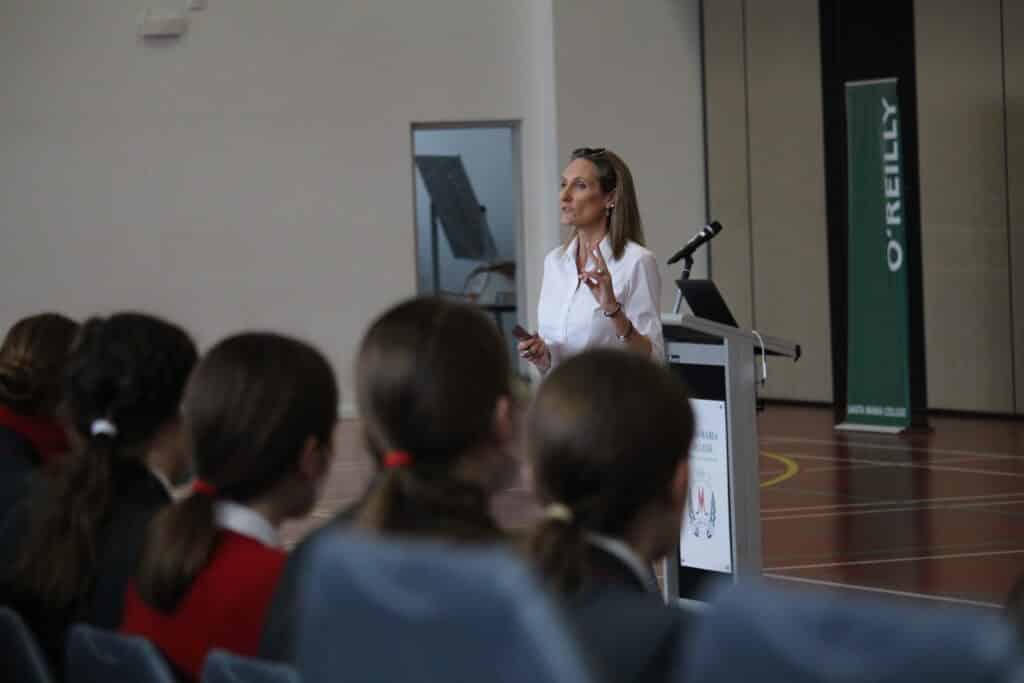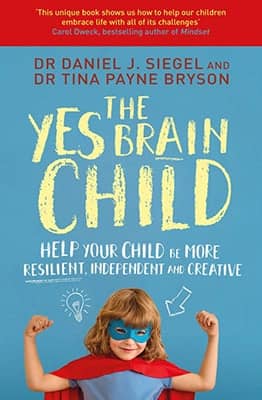Say No To Vaping – Jennifer Oaten

As parents, we have a duty to keep our children safe from harm. And when it comes to vaping, we need to be particularly vigilant. Youth vaping is on the rise and can pose a serious health risk for our children.
Controlling the vaping epidemic is a daunting task for schools and society as a whole. Vaping is very convenient; simply a pen-shaped object that easily fits into a pocket and is readily disguised as a pen. Due to the absence of any distinctive odour, detecting vaping is also difficult.
Schools may want their attention directed toward education, but the worrisome rise in teenage vaping rates concerns every school. This is compounded by the fact that most teens are unaware of the health implications associated with vaping.

What is Vaping?
Vaping is the act of inhaling and exhaling aerosols produced by an e-cigarette or similar battery-powered device. Vapes heat nicotine, flavourings and other chemicals to create an aerosol that you inhale into your lungs.
Vaping began as an idea to help smokers quit but has quickly developed into a multi-billion-dollar industry and is contributing to the enormous wealth, power, and influence of the international tobacco industry. These companies have no regard for the wellbeing of our young people. In 2019, the CEO of Philip Morris, a powerful tobacco company, earned an annual income of over $US16 million. Since young people tend not to smoke and tobacco sales have been declining, vaping has become their new revenue stream.
As young people continue to be inundated with images and videos of glamorous vaping tricks and e-cigarette use, the tobacco industry is working hard to keep up. In recent years, they have been pumping large sums of money into marketing campaigns that specifically target young people. These marketing efforts seem to be paying off, as vaping has become increasingly popular among young people in recent years. In fact, vaping is now the most commonly used tobacco product among youth in the United States.
A recent survey conducted by the Cancer Council Victoria found that only 12% of young people aged 18-24 believed vaping was harmful to their health. While many young people view vaping as a harmless or even healthy activity, the reality is that it comes with serious risks. Vaping can be extremely harmful to your health, and it can even lead to death. Young people often believe vaping is a safer alternative than smoking cigarettes. We need to ensure students have a clear understanding of the health impacts, making them aware that:
- Vapes contain nicotine. While some vapes do not contain nicotine, most products do. Vapes that do not have nicotine are often modified devices or black-market products that use other unknown chemicals instead. The nicotine in e-cigarettes can increase your heart rate and blood pressure.
- Nicotine is a highly addictive substance that can have harmful effects on the developing brain. Vaping is very addictive, with evidence showing the possibility that it is more addictive than cigarettes and is considered a gateway to other drugs.
- Vapes contain harmful chemicals such as formaldehyde, commonly found in household products such as laundry and dish detergents, soap, glue and adhesives. Some of the chemicals used in e-cigarettes are known to be carcinogens, which can increase your risk of developing cancer.
- Vaping increases your chance of lung conditions such as coughing, wheezing, and asthma, with 60 deaths in the United States thought to be related to lung injuries due to vaping.
It is also important that we all understand the law. In Australia, it is illegal to sell, supply or possess nicotine vaping products without a doctor’s prescription. In WA, it remains illegal for e-cigarette devices to be sold by tobacco or general retailers, whether they contain nicotine or not.
The penalty for selling e-cigarettes, vapes and their components is $10,000 for an individual.
What Santa Maria College is doing about vaping?
Santa Maria College is:
- Educating students about the composition of vapes and the health impacts through expert speakers and health programs.
- Ensuring students understand the power of tobacco companies and empowering students to make good choices.
- Limiting the capacity for vaping at school by installing cameras and vape detectors
- Encouraging parents to have conversations about vaping.
However, this is not just an issue for schools but more importantly for parents, as most vape usage occurs out of school hours at parties and in other social situations.
5 suggestions for parents to help tackle vaping
1. Watch this Four Corners program
2. Download and read this excellent fact sheet
3. Start the conversation
Having an open and honest conversation with your child about vaping can help them make informed decisions about whether or not to try it. It is important to remember that ultimately, the decision is up to them. But, as a parent, you can help them by providing accurate information and being there to support them.
Here are some questions to help start the conversation:
- What do you know about vaping?
- Have you ever tried vaping?
- Do you know anyone who vapes?
- What do you think the risks are?
- How did it make you feel?
- Where did you get it from?
- How did you pay for it?
- Will you try it again?
- Do you understand the consequences if caught vaping at school?
4. Talk to your child about the health risks or watch the Four Corners program together.

It has taken many years to make changes to the sale of cigarettes, understand the health implications, and change legislation to help reduce cigarette consumption and the impact on the health of our community. We can’t wait for years. Santa Maria College is committed to the health and safety of our students, so please partner with us as we can’t afford to wait.

Santa Maria Teams Shine in Term 1 Sports
Santa Maria had a huge number of girls in the IGSSA AFL and Volleyball competition with strong results for a number of teams.

Lee-Elle’s Insights from the ‘Make it 16’ Forum
Lee-Elle Cooper is a passionate Year 12 student who advocates for youth engagement and political participation. She has recently returned from the Make It 16 Forum in Canberra.

With Laurissa Knowles From Valley Depths to Mountain Peaks (1993)
Laurissa Knowles (1993) has had an incredible career journey so far, from Santa Maria College Teacher to Celebrant and Councillor.
- Featured #wellbeing
Author: Santa Maria College
Santa Maria College is a vibrant girls school with a growing local presence and reputation. Our Mission is to educate young Mercy women who act with courage and compassion to enrich our world. Santa Maria College is located in Attadale in Western Australia, 16 km from the Perth CBD. We offer a Catholic education for girls in Years 5 – 12 and have 1300 students, including 152 boarders.







